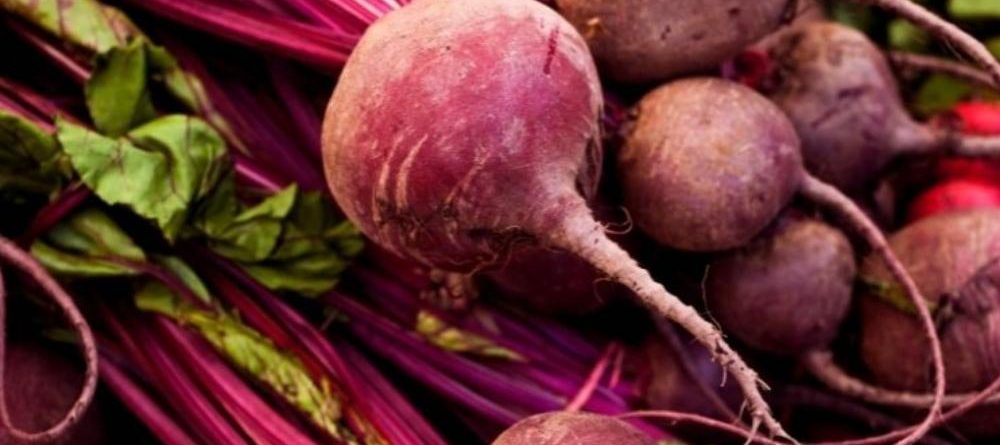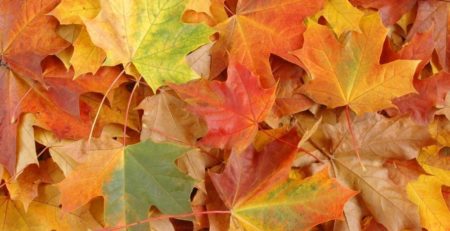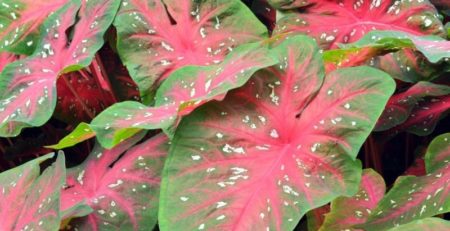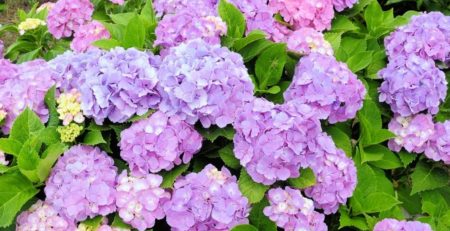February Garden Tasks
It’s still cold but garden tasks are heating up. Get those seeds going and potatoes in the ground. Download the Vegetable Planting Chart for North Texas.
Planting
- Plant asparagus, beets, broccoli, Brussels sprouts, cabbage, carrots, cauliflower, cilantro, collards, English peas, lettuce, kohlrabi, onion transplants, parsley, potatoes, radishes, spinach, Swiss chard, and turnips.
- Continue to plant evergreen shrubs, fruit, nut, and shade trees.
- Plant early spring-blooming annuals like dianthus, petunias, and alyssum in late February.
Pruning
- Complete pruning of oak trees before February 15 to minimize chance of oak wilt infestation. Note: Do not prune live oaks or red oaks from Feb.15 to June 30. If you must prune then, always “paint” the cut end with tree wound paint, being very careful not to paint over the collar of the cut.
- Prune other shade trees and woody shrubs as necessary to remove dead wood and improve structure.
- Finish pruning pecan trees and fruit trees before spring bud break.
- Prune all standard roses, except climbing varieties, by about 50% by mid-February.
- Prune tall Nandinas, if necessary, to improve fullness, by removing one-third of the tallest canes at 2-3” above ground level (late February). Repeat the next two years.
- Trim or mow grassy groundcovers such as liriope and mondo grass, if needed, due to freeze damage or ragged appearance, before spring growth begins.
Plant Care
- Apply horticultural oil to fruit and pecan trees, and to scale-prone shrubs such as euonymus and hollies, when temperature is 45-65 for two weeks (mid-February). Check the Texas A&M AgriLife Extension Service website bookstore for a pamphlet on the Homeowner’s Fruit and Nut Spray Schedule.
- Fertilize cool season grasses such as fescue and ryegrass with a slow release fertilizer.
- Apply pre-emergent herbicides to established lawns to control warm season broadleaf and grassy weeds, such as dandelions and crabgrass no later than early March.
- Fertilize pansies and other winter annuals with your favorite fertilizer.
Continue to protect tender plants from hard freezes.












